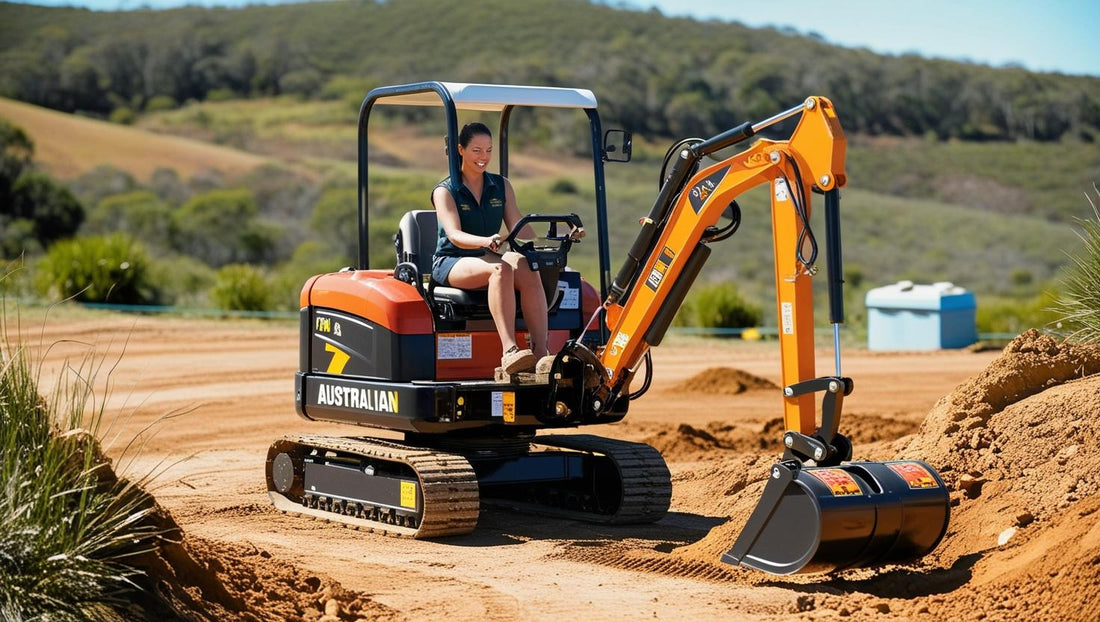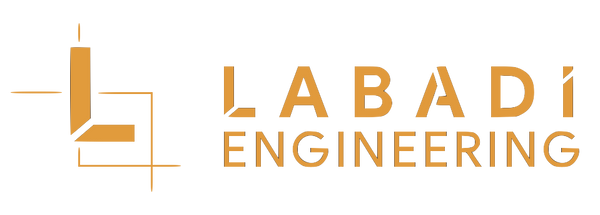
Excavator Safety Protocols: Essential Practices for Accident Prevention
Share
Safety remains the paramount concern on any construction site, with excavation work presenting particularly significant hazards. Operating heavy machinery like excavators requires comprehensive safety protocols to protect both operators and ground personnel. When implemented consistently, these practices dramatically reduce accident risks while improving operational efficiency. The financial impacts of workplace incidents—including insurance costs, productivity losses, and potential litigation—make safety investments among the most valuable a contractor can make.
Operator training forms the foundation of excavator safety. Beyond basic operational skills, operators must understand machine-specific capabilities and limitations. This knowledge includes safe working loads, stability factors, and appropriate operating techniques for various conditions. Training should cover both standard operations and emergency procedures, preparing operators to respond effectively to unexpected situations. For those considering an excavator for sale, manufacturer-certified training programs often provide the most comprehensive preparation for safe operation.
Pre-operation inspections represent a critical safety protocol that can prevent many potential incidents. These inspections should include thorough checks of hydraulic systems, control functions, safety devices, and structural components. Particular attention should focus on attachment connection points, as failures in these areas can have catastrophic consequences. For specialized tools like the hydraulic grab attachment or excavator ripper attachment, verification of secure mounting and proper hydraulic connections is essential before operation begins.
Site assessment represents another critical safety consideration. Before excavation begins, operators and supervisors should identify potential hazards including underground utilities, unstable soil conditions, and nearby structures. This assessment should include review of utility location documentation and physical verification where possible. In areas like the Gold Coast where development density continues to increase, heavy equipment attachments Gold Coast contractors must be particularly vigilant about underground infrastructure.
The stability of excavators depends significantly on proper setup and operation. Machines should always be positioned on stable, level ground whenever possible, with outriggers or stabilizers deployed according to manufacturer specifications. Operators must maintain awareness of the machine's center of gravity, particularly when lifting or reaching with attachments. The ever-popular mini excavator for sale options, while more stable than larger machines in some configurations, still require proper setup to prevent tipping incidents.
Communication protocols between machine operators and ground personnel can prevent many common accidents. Standardized hand signals provide a reliable communication method even in noisy environments where verbal instructions might be ineffective. Some sites now implement radio systems with dedicated channels for equipment operations. Regardless of the communication method, all personnel should understand that excavator operators have limited visibility in certain directions, creating potential blind spots where accidents can occur.
Proper maintenance not only extends equipment life but also prevents safety-critical failures. Regular inspection and replacement of worn components, particularly in steering and braking systems, ensures that machines respond predictably to operator inputs. For operations in Queensland, maintaining relationships with reliable construction machinery parts Queensland suppliers facilitates timely repairs without compromising safety standards.
Attachment safety requires particular attention, as these components experience significant stress during operations. When evaluating excavator buckets for sale, contractors should verify compatibility with their specific machines and operating conditions. Attachments should never exceed the rated capacity of the base machine, and operators must adjust their techniques when switching between different attachment types. Quick coupler systems deserve special attention during safety inspections, as failures in these components can result in dropped attachments.
Environmental factors significantly impact excavator safety. Operators must adjust techniques for adverse weather conditions, including reduced speeds during rain or high winds. Lightning presents a particular hazard for excavator operations, as the machine's height and metal construction create an attractive lightning target. Temperature extremes can affect both operator performance and machine capabilities, requiring additional precautions during summer and winter operations.
Understanding structural physics helps operators avoid dangerous situations. Excavation work can undermine adjacent structures or create unstable soil conditions if improperly executed. Operators should follow engineered excavation plans that account for soil types, groundwater conditions, and adjacent structures. When working near existing structures, monitoring systems may be necessary to detect any movement or settlement that could indicate developing instability.
By implementing comprehensive safety protocols covering training, equipment inspection, site assessment, and operational procedures, contractors can significantly reduce accident risks associated with excavator operations. These measures not only protect personnel and equipment but also improve project efficiency by preventing the delays and costs associated with workplace incidents. In the construction industry, safety and productivity are inherently linked, making safety investments among the most valuable a contractor can make.
